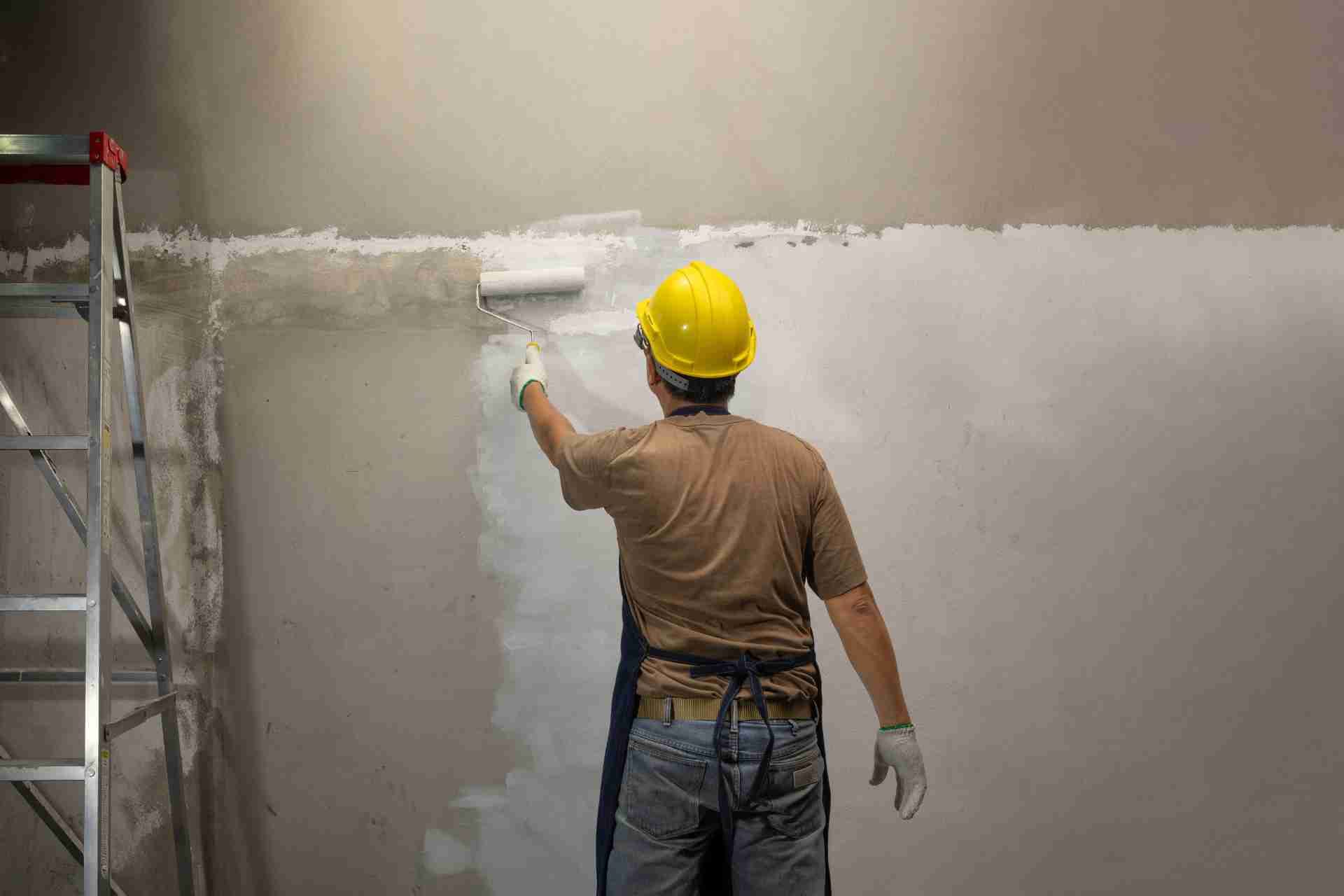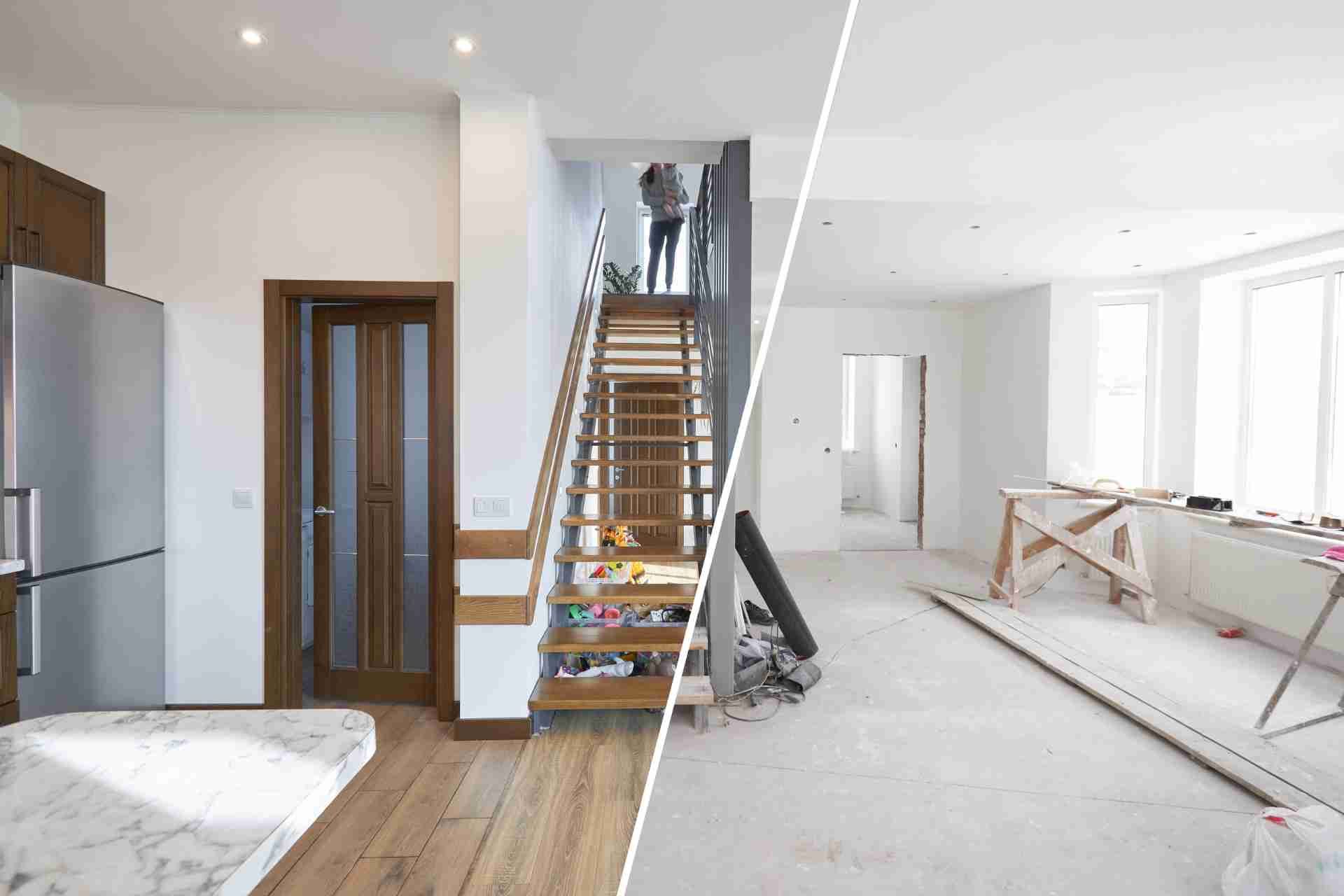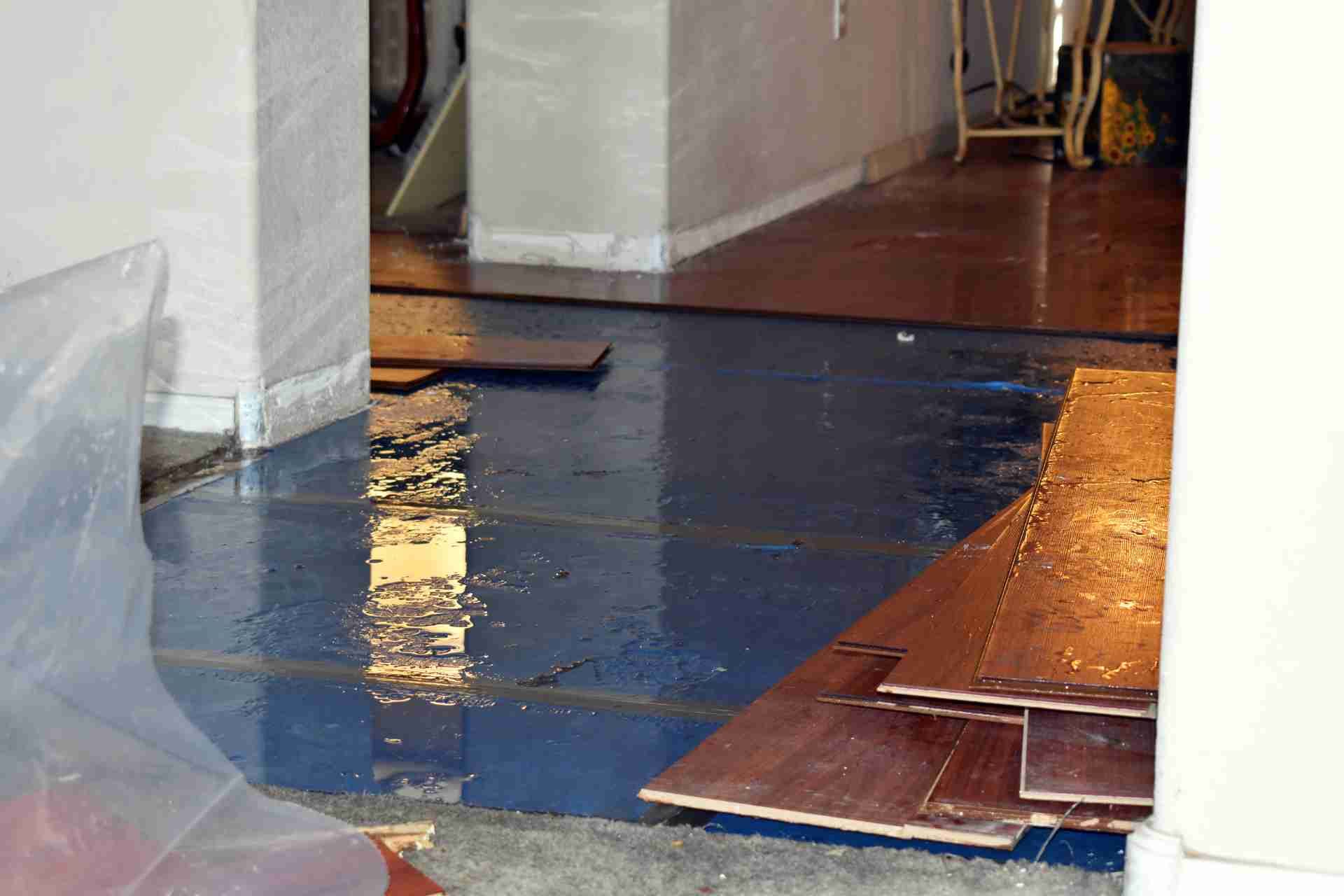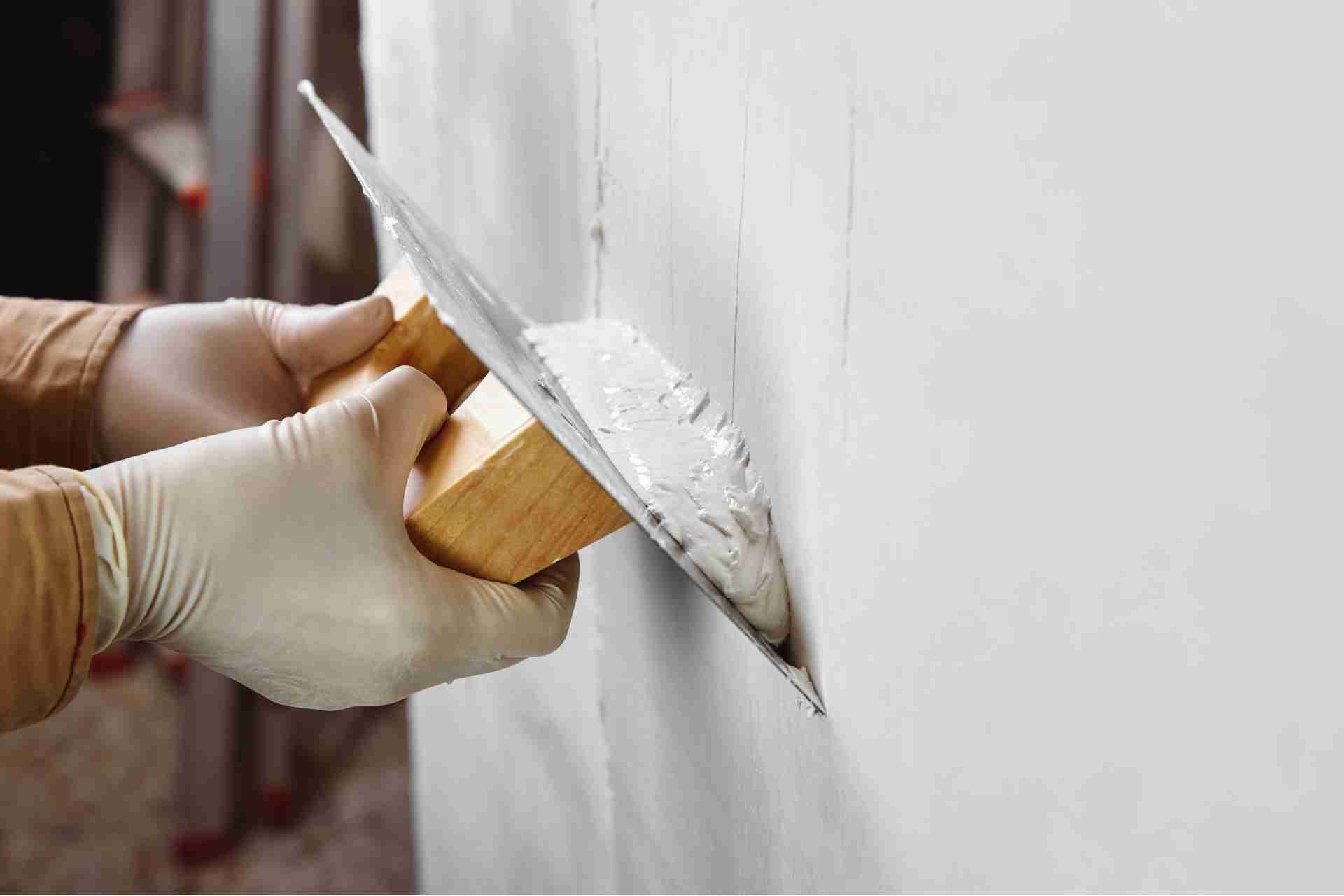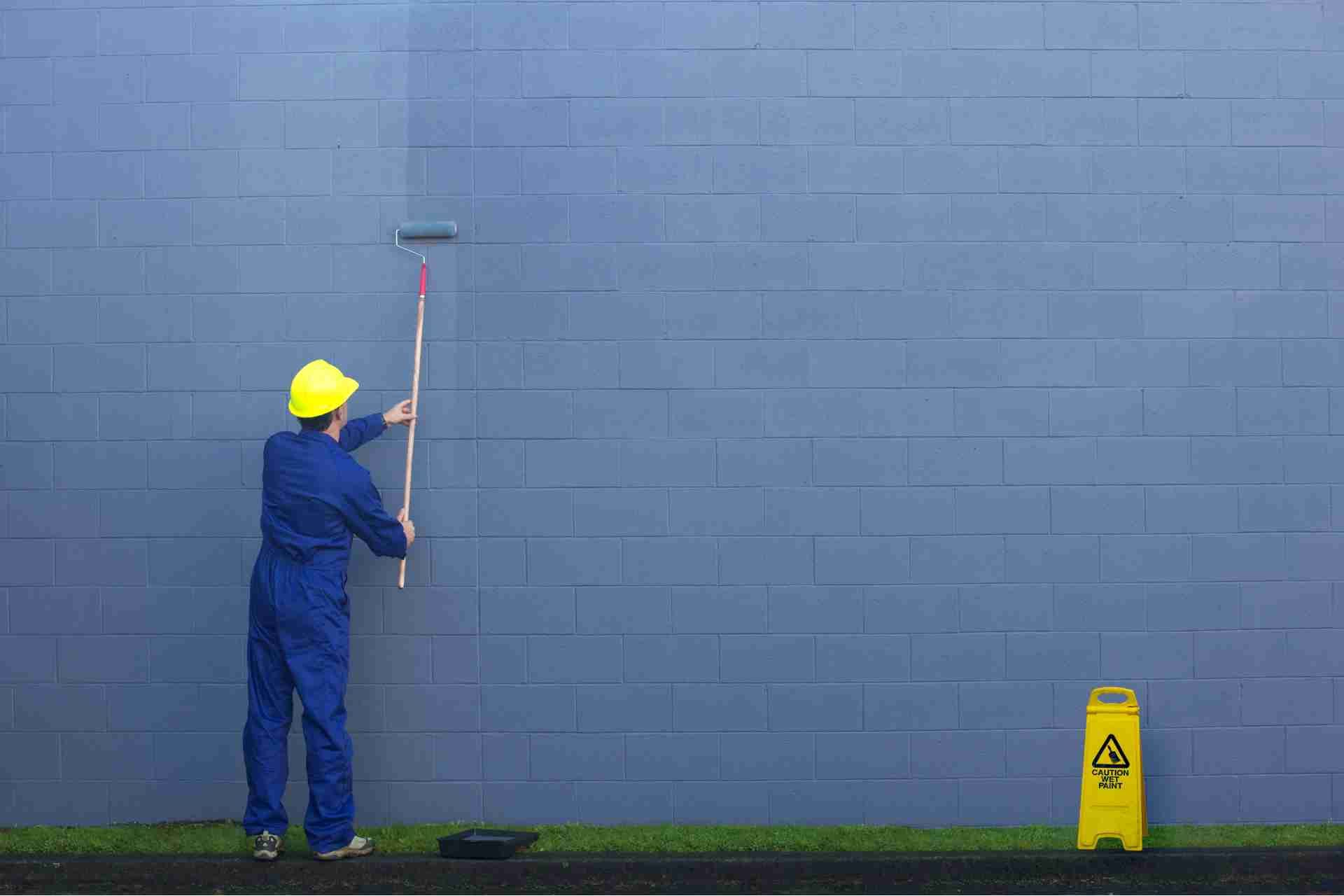How to Save Money on a Professional House Painting
Whether you're looking to freshen up your home's exterior or give your walls a new splash of color, professional house painting can quickly add up in cost. However, there are ways to save money on this project without sacrificing quality.
Join us to explore some tips for how to save money on a professional house painting.
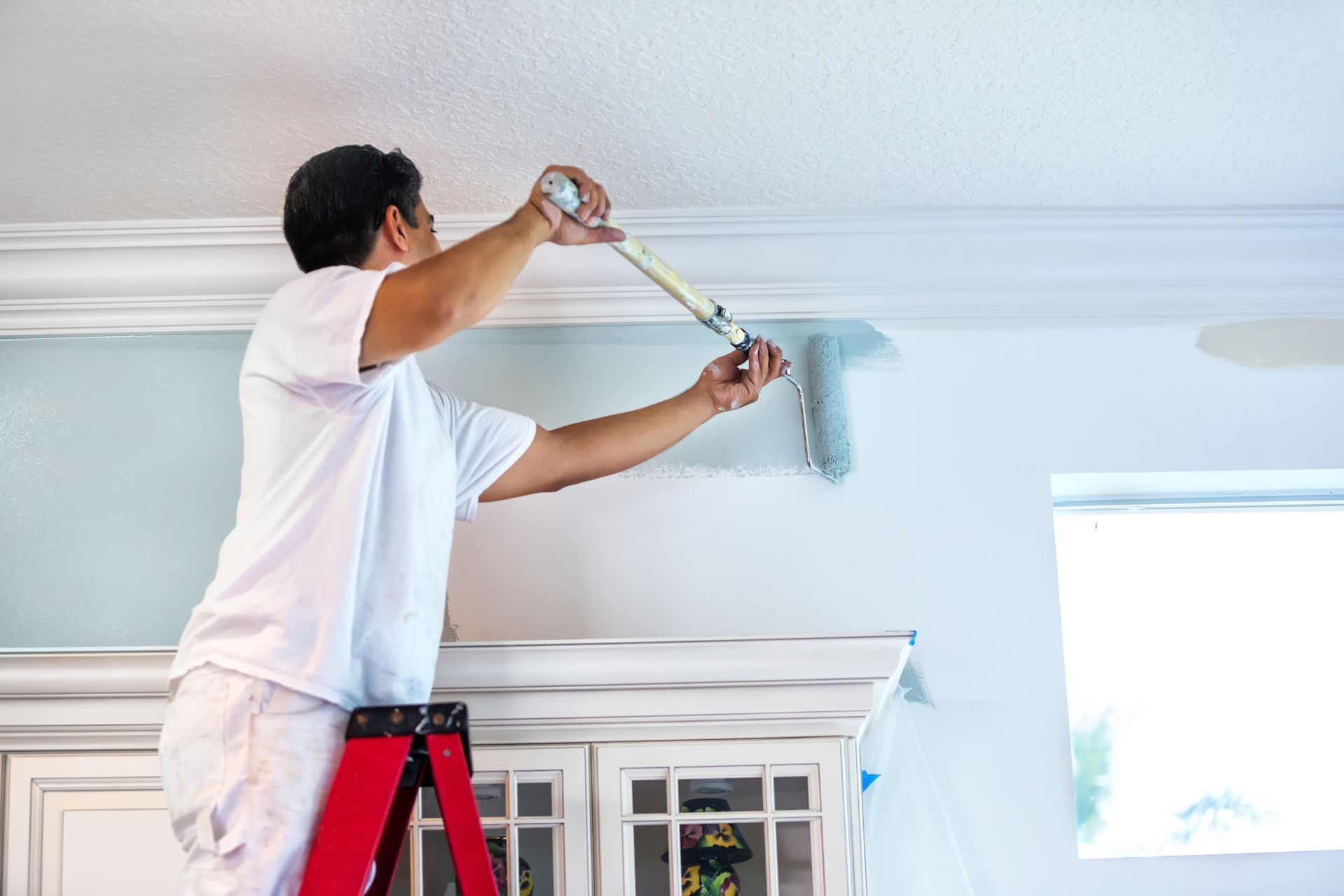
Get multiple quotes
Getting multiple quotes from different painters allows you to compare prices, services offered, and overall value. It also gives you the opportunity to ask questions and get a better understanding of the painting process.
When getting multiple quotes, it is important to be clear about your expectations and requirements. Make sure to outline the scope of work you need done, including the type of paint, colors, and any specific details that are important to you. This will help ensure that each painter is providing a quote based on the same information.
It is also important to ask questions about the painter's experience, qualifications, and insurance coverage. You want to make sure that the painter you hire is reliable, skilled, and insured in case of any accidents or damages during the painting process.
Once you have gathered multiple quotes, take the time to carefully compare each one. Look at the pricing, services offered, and any additional details or perks that may set one painter apart from another. Keep in mind that the cheapest quote may not always be the best choice, as quality and experience should also be taken into consideration.
Prep the walls yourself
If you're looking to save some money on your painting project, consider prepping the walls yourself before starting to paint.
There are several steps you can take to prepare your walls for painting that will help ensure a professional-looking finish. The first step is to clean the walls thoroughly. Dust, dirt, and grease can all affect the adhesion of the paint, so be sure to wipe down the walls with a damp cloth to remove any debris.
Next, fill in any holes or cracks in the walls with spackling paste. Allow the paste to dry completely, then sand down the area until it is smooth and flush with the rest of the wall. This step is crucial for achieving a smooth, even finish when you paint.
After patching any imperfections, it's important to sand the walls to create a smooth surface for painting. Use a fine-grit sandpaper to gently sand the walls, taking care not to over-sand and damage the wall surface. After sanding, wipe down the walls again to remove any dust or debris.
It's important to prime the walls before painting. Primer helps the paint adhere to the wall surface and can also help prevent stains from bleeding through the paint. Be sure to choose a primer that is appropriate for the type of paint you will be using.
Choose a neutral color
If you're looking to save money on your painting project, choosing a neutral paint color may be the way to go.
Neutral paint colors, such as whites, beiges, and grays, are versatile and timeless choices that can easily coordinate with a variety of different decor styles. By opting for a neutral hue, you can easily update your space with new furniture or accessories without having to repaint the walls.
Additionally, neutral paint colors tend to be more forgiving when it comes to touch-ups and can easily blend in with existing paint if you need to make repairs in the future. This can save you time and money down the line by avoiding the need for a complete repaint.
Neutral paint colors also have the added benefit of making a space feel light and airy, which can help rooms appear larger and more open. This can be especially beneficial if you have a small or dark room that could use a little brightening up.
In addition to their aesthetic benefits, neutral paint colors can also save you money on your painting project. Since neutral hues are typically more popular and widely available, you may be able to find them at a lower cost than more trendy or specialized colors. This can help you stick to your budget without sacrificing style.
Opt for a single color
Painting different rooms in your home different colors can add up quickly.
One way to save money and simplify the painting process is to opt for a single paint color throughout your home. By choosing one universal shade, you can create a cohesive and harmonious look that flows seamlessly from room to room. Not only is this cost-effective, but it also saves time and effort in decision-making.
Choosing a single paint color doesn't mean your home will end up looking boring or monotone. In fact, a neutral color like white, beige, or gray can serve as a versatile backdrop for incorporating pops of color through furniture, decor, and artwork. This allows you to switch up the look of your space easily without committing to a specific color scheme.
Using one paint color can create a sense of continuity and openness in your home. It helps visually connect various areas and makes your space feel more expansive. This is especially beneficial in smaller homes or apartments where using different paint colors can make rooms feel choppy and disjointed.
Ask for a discount
Don't be afraid to ask for a discount when hiring a professional painter. Many companies are willing to negotiate on price, especially if you're a repeat customer or if you're getting multiple rooms painted.
There are a few key strategies to keep in mind when requesting a discount on your painting project. First, be respectful and polite in your approach. Remember that painters are running a business and need to make a profit to stay afloat. By treating them with kindness and understanding, you'll be more likely to get a positive response.
Do your research and know what a fair price is for the services you're requesting. Get quotes from multiple painters in your area and compare them to see where your chosen painter's rates fall. This will give you a better idea of how much room there may be for negotiation.
When you're ready to ask for a discount, be specific about what you're looking for. For example, you may want to request a lower hourly rate, a discount on the cost of materials, or a package deal for multiple rooms. Being clear about your needs and expectations will make it easier for your painter to understand how they can accommodate your request.
Be prepared to walk away if you don't get the discount you're seeking. While it can be tough to turn down a painter you like, it's important to prioritize your budget and financial goals. Remember that there are plenty of painters out there who may be willing to work with your desired price point.
Consider DIY options
If you're on a tight budget, consider painting some of the rooms in your home yourself. While professional painters can provide a high-quality finish, painting can be a DIY-friendly project if you're willing to put in the time and effort. Just be sure to do your research and practice proper painting techniques to ensure a professional-looking result.

